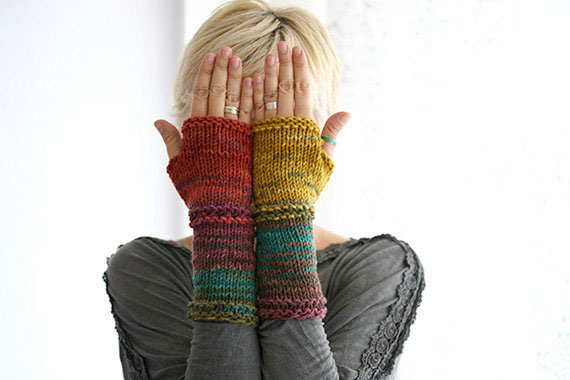
Etsy.com has always been among the leaders when it comes to attracting a community of online artisanal handmade crafters and vintage collectors. But last month, their new policy shifts have raised questions about what exactly, qualifies for being “handmade”—a pre-requisite to host a storefront on their site—and pissed-off the hardcore artists that felt Esty was losing its authenticity.
The new policies posted on Etsy and described at length in video by CEO Chad Dickerson, states that it will now allow manufacturing partners and the ability for creators to hire a staff to produce their Etsy wares and ship goods.
Specifically, Etsy says: “These new policies are crafted to support a diverse community of makers, designers and curators — from the solo artisan just starting out, to the full-time seller hiring staff, to the artist who partners with a manufacturer to bring her creations to life.”
There are 3 new policy changes:
1) The size of your shop is up to you. Hire help if you need it or collaborate, even from different locations. Everyone who helps you make handmade items should be listed on your shop’s About page.
2) You can use shipping and fulfillment services. If it’s right for your business you can let someone else handle these logistics. Keep in mind that shop owners are ultimately responsible for buyers’ customer service experience.
3) Manufacturers can help you produce your designs. Sellers create their handmade items in many different ways. Partnering with an outside business is okay, but we’ll require you to be honest about how your items are made.
“Handmade will always be the heart of Etsy. In our diverse marketplace, handmade can’t mean a single method or process. Instead, it’s about these three principles: Authorship, Responsibility, Transparency.”
Dickerson’s admits that Etsy has always struggled to define “what is handmade.” Now, the policy changes make some people believe they’ve crossed the line into manufactured products.
But for small businesses, many of which have sprouted from Etsy as people purchased more and more of their handmade articles, the new policies allow their brands to grow. The Etsy community also helps these small businesses with a built-in audience, marketing, and sharing. So, it’s easy to see why some of the “larger” stores on this platform of small shops embrace the new policies.
Young people today are increasingly interested in EIY (Earn It Yourself) opportunities with a greater number of people opting to make (DIY) their own things, including of course fashion and accessories. As we’ve quantified in our Youth Culture Studies and Sustainability Reports, the fashion retail industry is changing drastically based on how a new youth culture buys and acts. Fast-fashion is easily paired with slow fashion and one-of-kind items are just as important—which is also why shopping thrift, which is affordable, is also popular and fun.
What’s also re-shaping the landscape of fashion is the increase in m-commerce and young people skipping right over traditional retail for the online mobile opportunities to share their style and buy. Brands like Abercrombie and Fitch and American Eagle have all felt the dramatic shift as seen in their quarterly earnings as young people are moving from malls to online—particularly via mobile.
Etsy, obviously, fits into this picture. And the new policies also expand opportunities for creating exciting new businesses.


